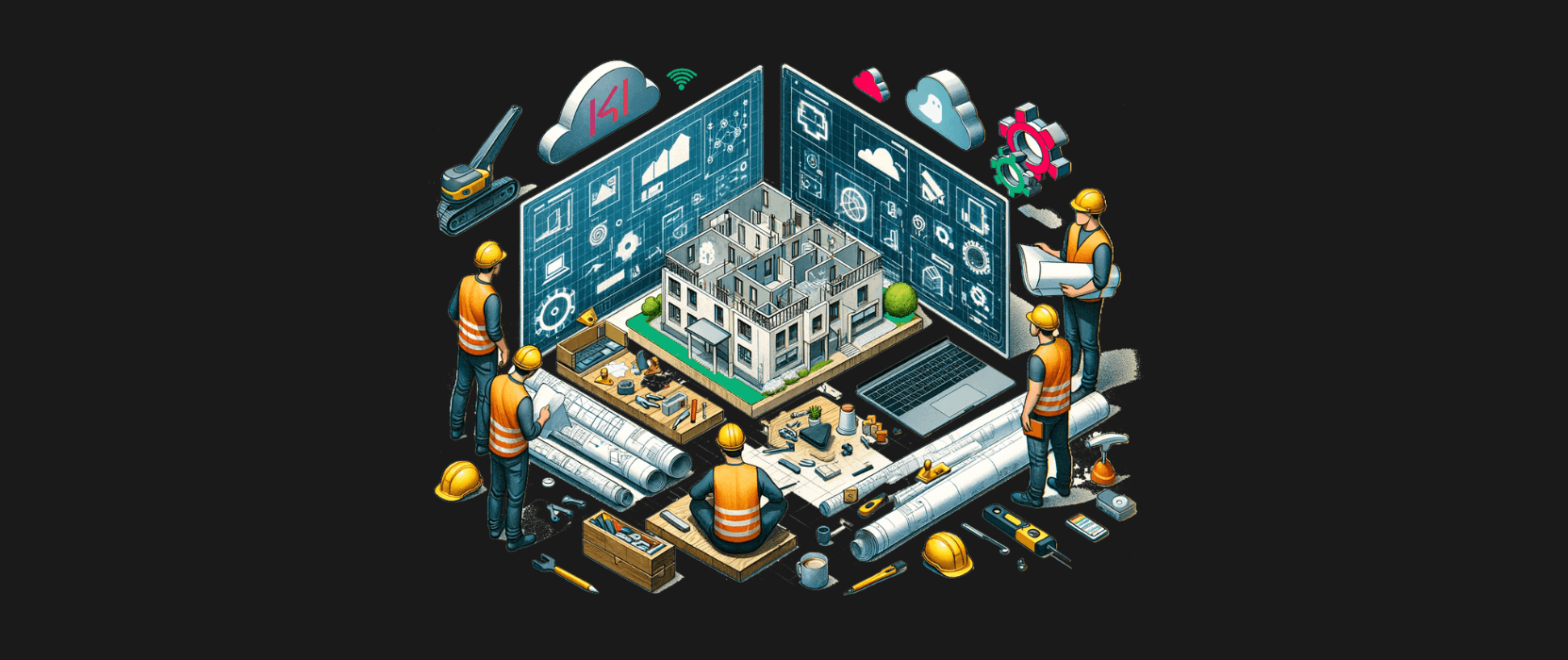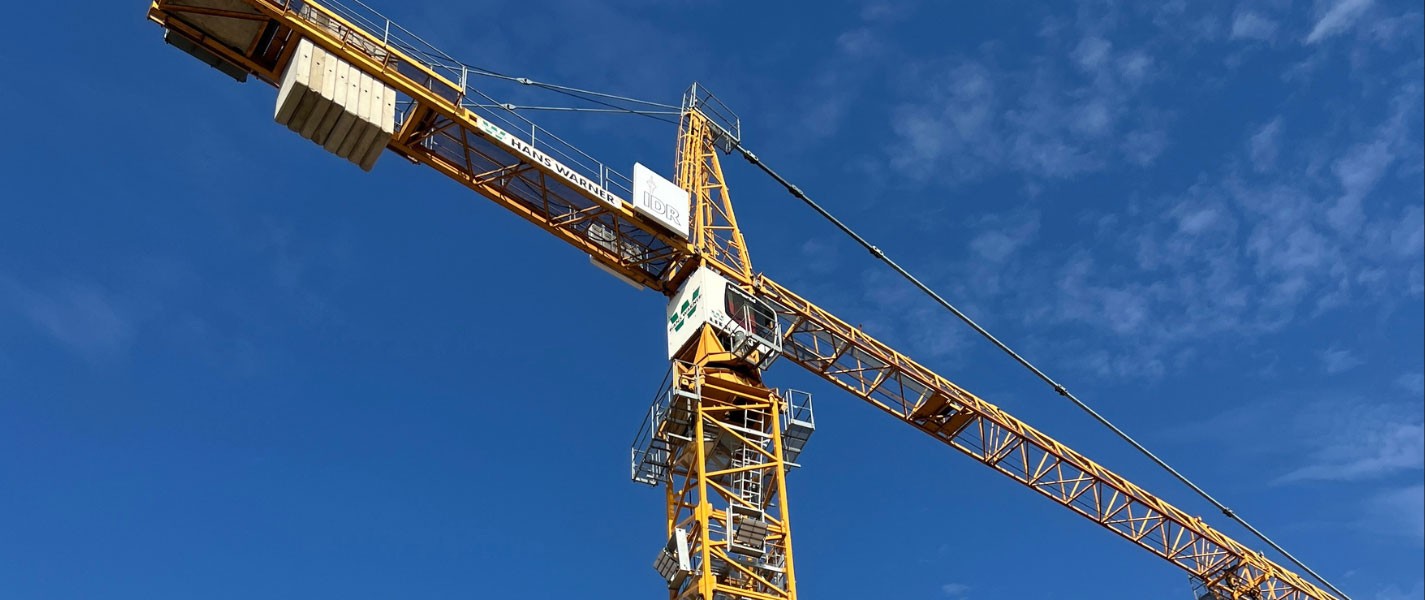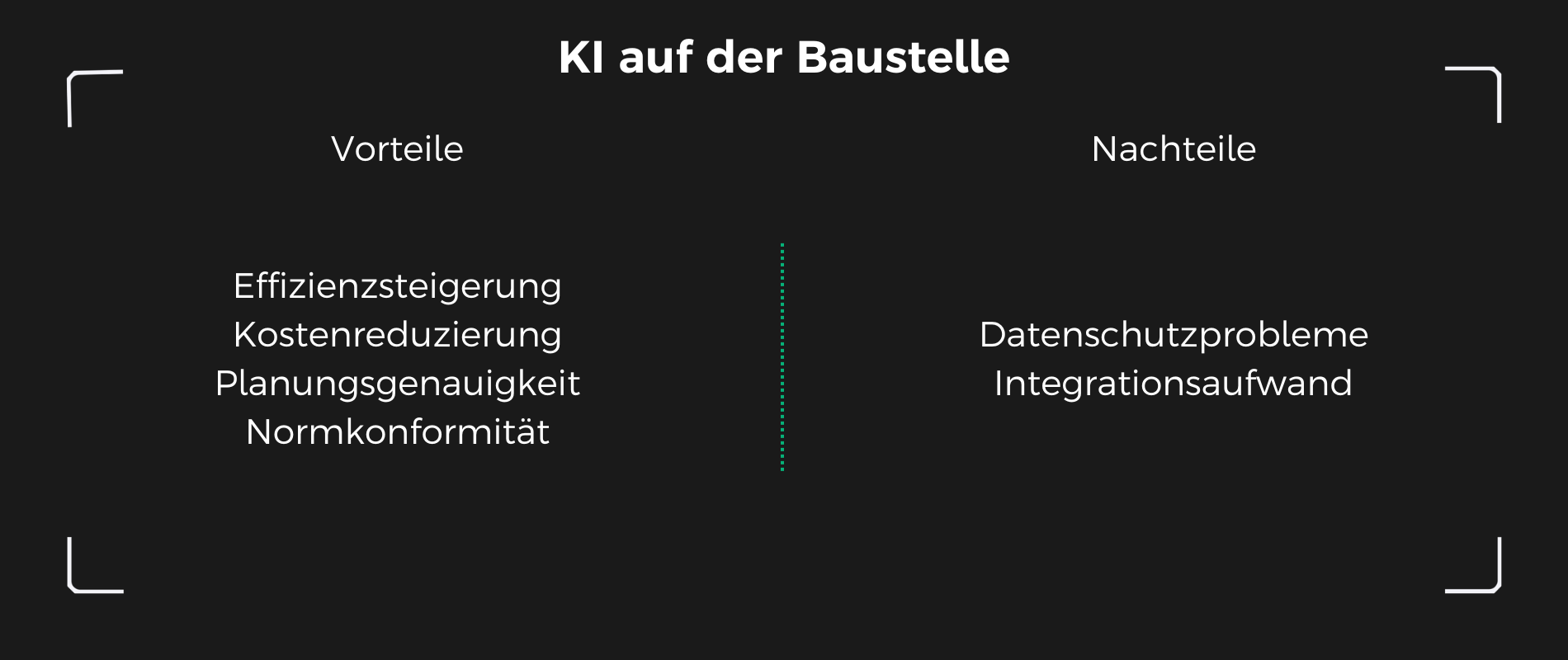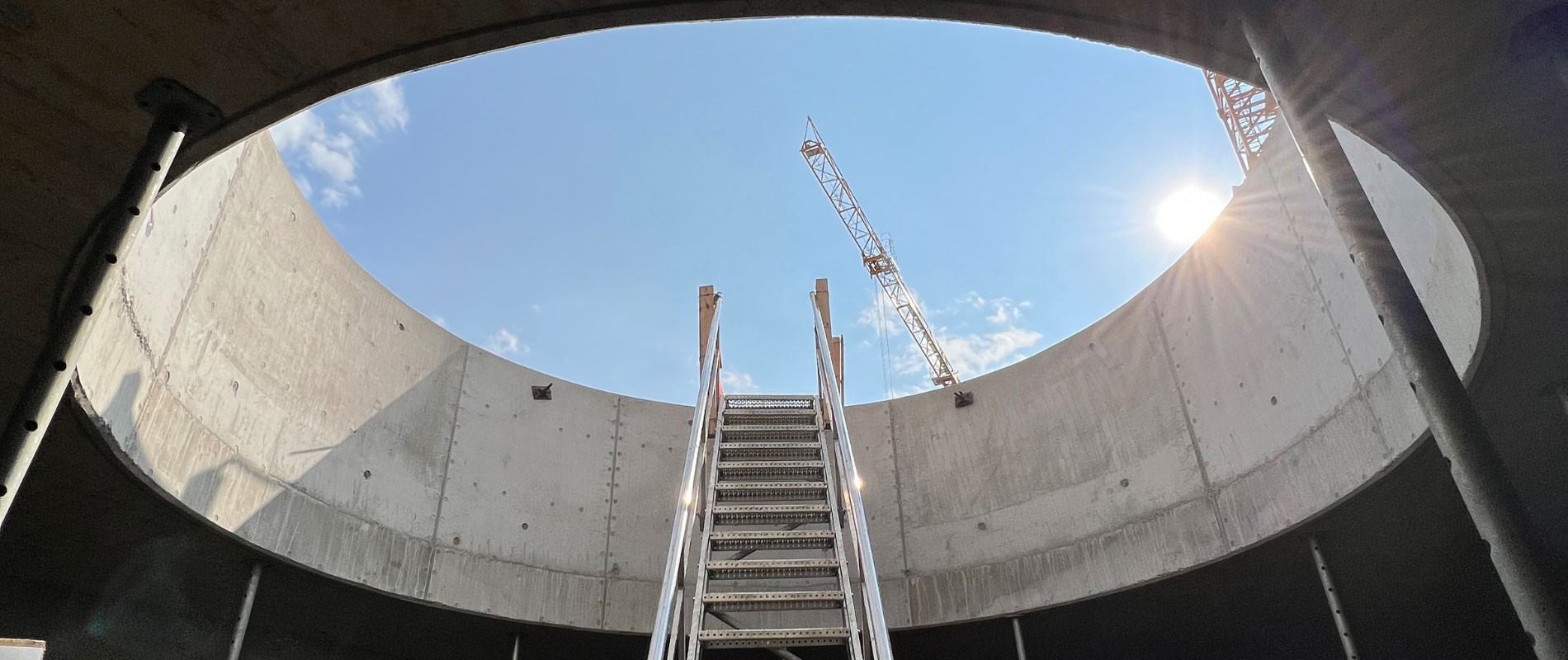Introduction to AI and BIM
In the dynamic field of construction, the fusion of Building Information Modeling (BIM) and Artificial Intelligence (AI) is one of the most exciting developments in recent years. This combination offers a new perspective on construction project management by using digital tools to improve the planning, execution and monitoring of construction projects.



